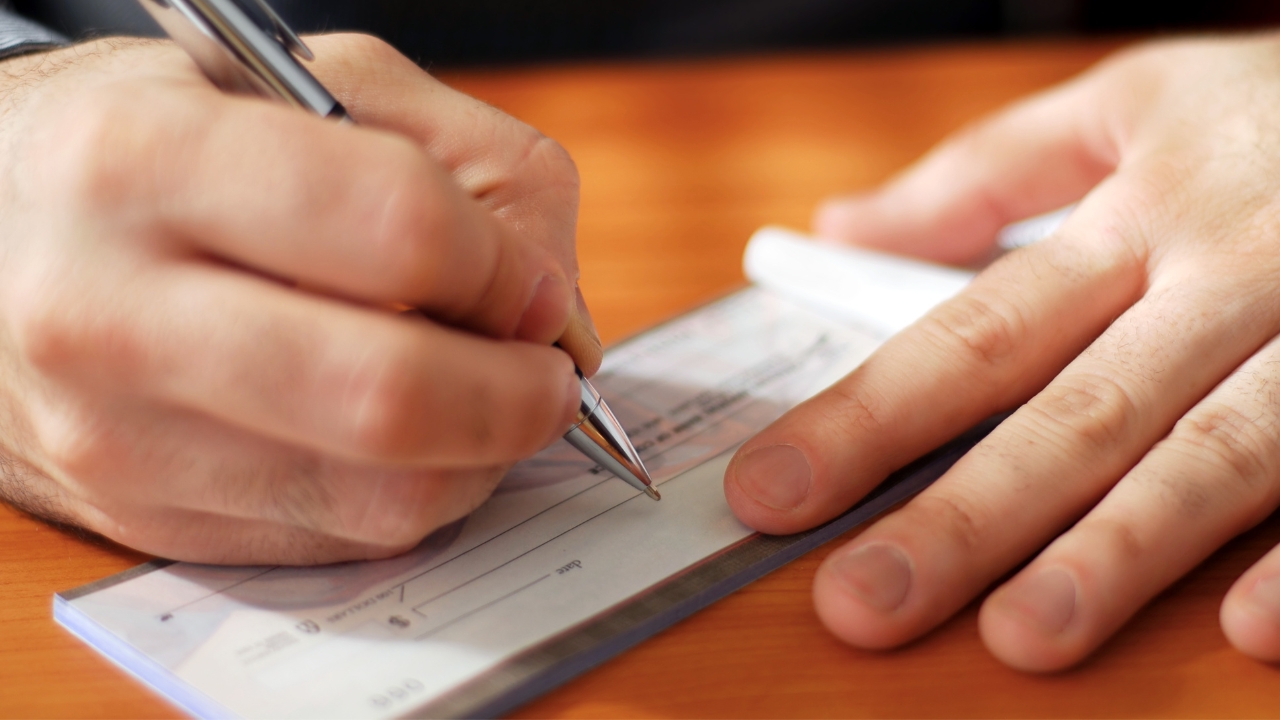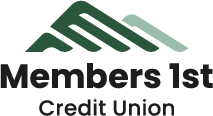
Understanding Check Fraud
Check fraud is a prevalent financial crime that costs individuals and businesses millions yearly. Fraudsters use various tactics to steal money through fraudulent checks, including counterfeiting, forgery, and account takeover. To protect yourself from check fraud, it's essential to understand the risks and take proactive steps to safeguard your financial assets.
The Risks of Check Fraud
Check fraud encompasses a spectrum of illicit activities that exploit vulnerabilities within the traditional check payment system. Some common forms of check fraud include:
- Counterfeit Checks: Fraudsters use high-quality printing techniques to create fake checks that look like legitimate financial instruments.
- Forged Signatures: Criminals may forge an account holder's signature on a check or alter an existing check to change the payee, amount, or other details.
- Check Kiting: In check kiting schemes, individuals exploit the time delay between a check's deposit and clearing to inflate account balances and withdraw funds before the check bounces.
- Stolen Checks: Thieves steal checks from mailboxes, homes, or businesses and attempt to cash or deposit them fraudulently.
- Account Takeover: Cybercriminals may gain unauthorized access to an individual's bank account and initiate fraudulent check transactions.
Protect Yourself with Best Practices
Protecting yourself from check fraud requires a combination of vigilance and proactive measures. Here are some steps you can take to safeguard your finances:
- Secure Your Checks: Store your checkbook securely and avoid leaving blank checks unattended. Consider investing in secure storage options, such as safes or lockboxes, to safeguard your checks from unauthorized access.
- Monitor Your Accounts: Regularly review your bank statements and transaction history to identify irregularities or unauthorized transactions. Report suspicious activity to your financial institution immediately.
- Use Fraud Detection Tools: Most banks offer fraud detection services, such as check verification and positive pay systems, to help identify and prevent fraudulent checks from clearing your account.
- Be Skeptical of Unsolicited Offers: Exercise caution when responding to unsolicited offers or personal or financial information requests. Be wary of individuals or organizations requesting payment via check, especially if the transaction seems suspicious or unverifiable.
- Educate Yourself: Stay informed about the latest trends and techniques fraudsters use to perpetrate check fraud. Familiarize yourself with common red flags and warning signs indicative of fraudulent activity.
- Employ Dual Signatures: Consider implementing dual signature requirements for high-value checks or sensitive transactions, particularly in business settings. Requiring multiple authorized signatories can provide additional protection against unauthorized check disbursements.
- Utilize Security Features: Opt for checks equipped with advanced security features, such as watermarks, microprinting, and chemical reactivity, to deter counterfeiters and enhance the authenticity of your checks.
- Shred Unused Checks: Securely dispose of old or unused checks by shredding them before discarding them to prevent unauthorized individuals from retrieving sensitive information.
Check fraud is a serious threat that can devastate individuals and businesses. By understanding the risks and taking proactive measures to protect your finances, you can safeguard your assets and avoid falling victim to financial scams.
Report Fraud
If you think you’ve been targeted by a fake check scam, report it to:
Should you ever encounter suspicious activity or suspect fraudulent behavior related to your Members 1st Credit Union account, don't hesitate to contact our dedicated team of professionals for assistance and support.




